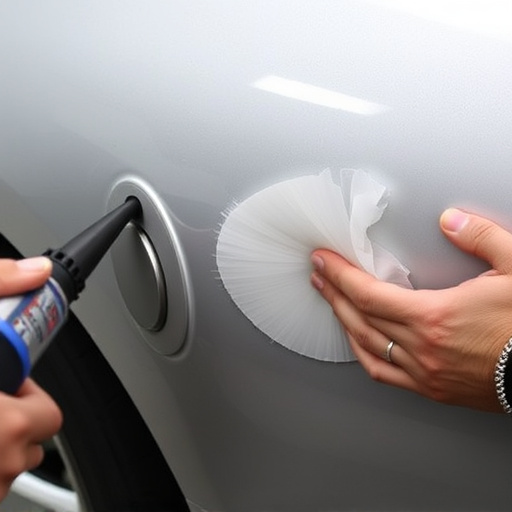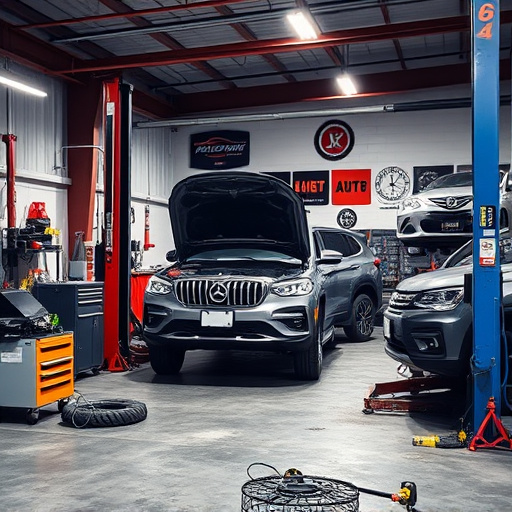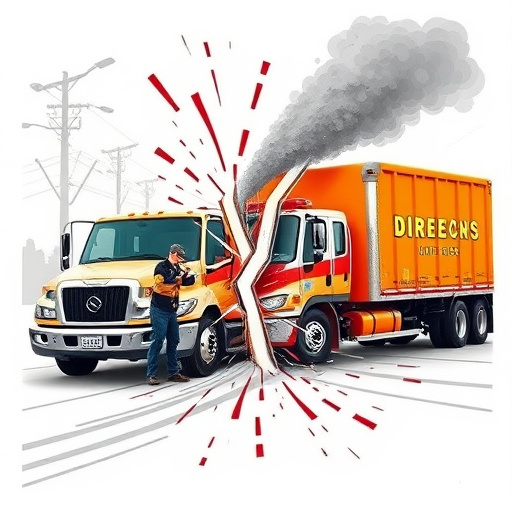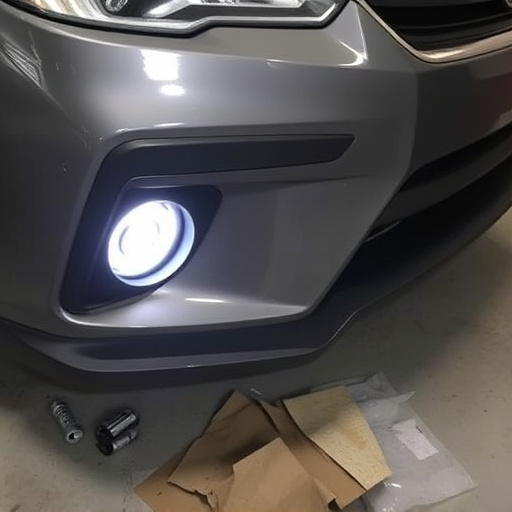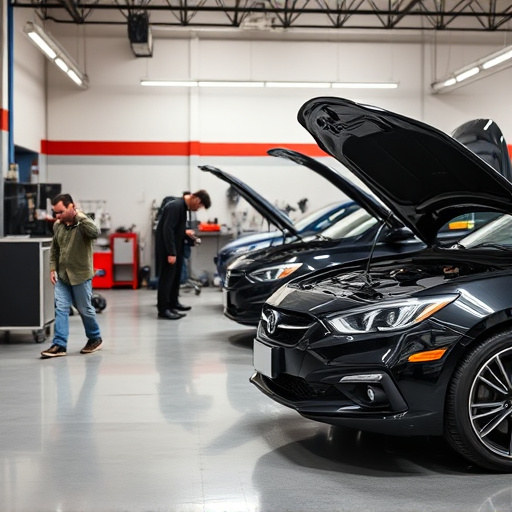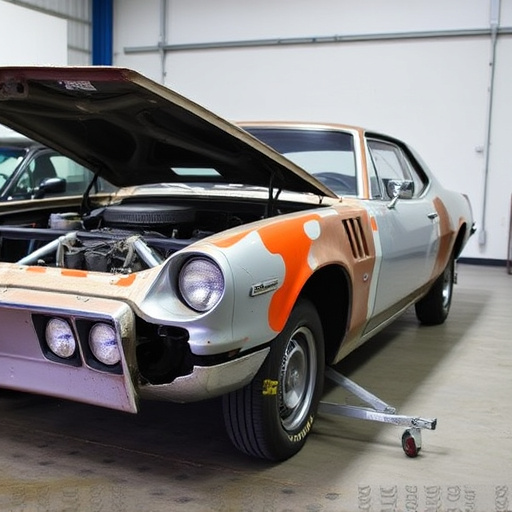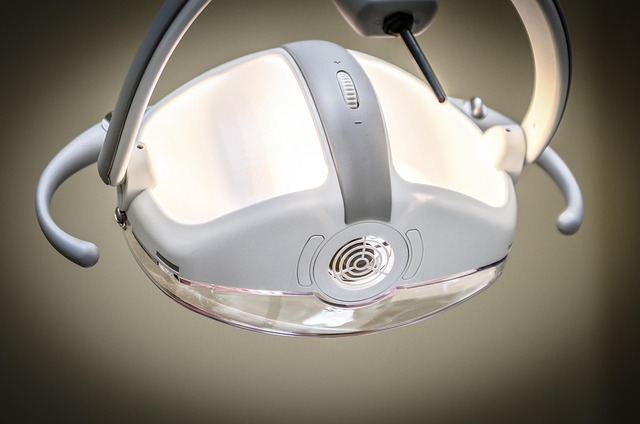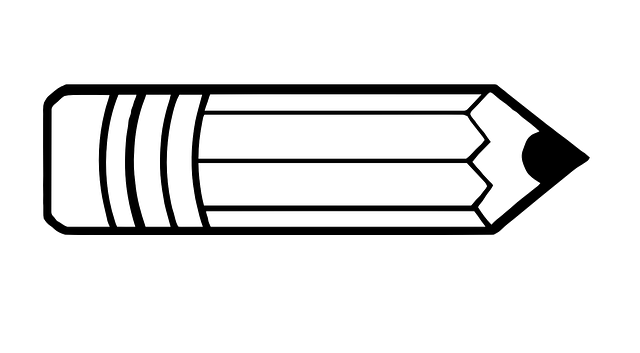Smart sensors revolutionize frame repair technology by offering real-time data for precise measurements and adjustments, streamlining workflows, reducing waste, minimizing environmental impact, and enhancing structural integrity for safer, more reliable vehicle repairs and restorations.
Smart sensors are transforming the landscape of frame repair, ushering in a new era of precision and efficiency. This cutting-edge technology is revolutionizing traditional methods, enabling more accurate assessments and streamlined processes in the frame repair industry. By leveraging smart sensors, technicians gain valuable data that optimizes repairs, reducing costs and turnaround times. In this article, we explore how smart sensors are becoming the new normal in frame repair technology, enhancing overall efficiency and quality.
- Smart Sensors: The New Normal in Frame Repair
- Enhancing Precision: Technology's Role in Repairs
- Streamlining Processes: Efficient Frame Repair Systems
Smart Sensors: The New Normal in Frame Repair

Smart sensors are increasingly becoming the new normal in frame repair technology systems. These advanced devices offer a multitude of benefits for both car repair shops and automotive restoration specialists, enhancing precision, speed, and efficiency in their work processes. By continuously monitoring various parameters such as temperature, pressure, and strain, smart sensors enable technicians to make real-time adjustments during repairs, leading to improved structural integrity and longer-lasting results.
In the realm of frame repair technology, smart sensors play a pivotal role in detecting even the subtlest discrepancies, which might otherwise go unnoticed. This early detection capability not only saves time but also minimizes the risk of costly mistakes. For auto repair shops and automotive restoration facilities, integrating smart sensors into their operations translates to streamlined workflows, reduced labor costs, and ultimately, enhanced customer satisfaction through superior service quality.
Enhancing Precision: Technology's Role in Repairs

The integration of smart sensors into frame repair technology is transforming the way car body shops and classic car restorers approach repairs. These advanced devices offer an unparalleled level of precision, allowing for more accurate measurements and assessments than ever before. By capturing detailed data on vehicle frames, sensors can identify even subtle deformities or misalignments, ensuring that every fix is tailored to the specific needs of each car.
This enhanced precision translates into better outcomes for both car paint repair and classic car restoration projects. Sensors can detect minute variations in frame integrity, enabling technicians to address potential issues before they become major problems. As a result, cars undergoing frame repairs in modern body shops benefit from increased structural stability and longevity, making them safer and more reliable on the road.
Streamlining Processes: Efficient Frame Repair Systems
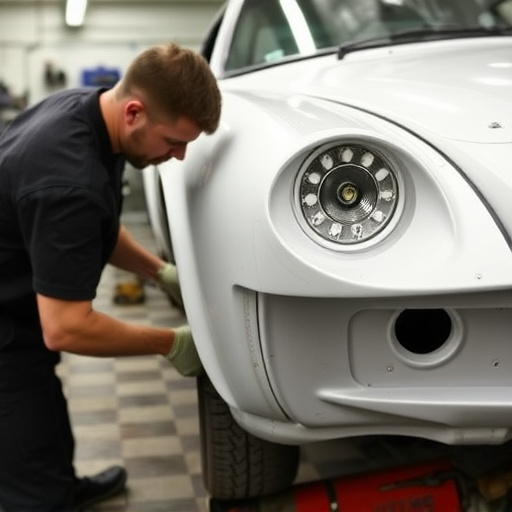
Smart sensors are transforming the landscape of frame repair technology, streamlining processes and revolutionizing car bodywork repairs. By providing real-time data on vehicle body repair, these sensors enable technicians to make precise measurements and adjustments, enhancing accuracy and efficiency. This advanced technology not only speeds up the repair process but also ensures better quality outcomes for car paint services.
The integration of smart sensors into frame repair systems offers numerous benefits, including improved safety and reduced waste. With their ability to detect even minor discrepancies in a vehicle’s structure, these sensors help prevent errors that could lead to costly mistakes in subsequent car paint services. As a result, efficient frame repair systems are not just about saving time; they’re about achieving superior results while minimizing environmental impact through waste reduction.
Smart sensors are transforming the landscape of frame repair technology, offering enhanced precision and streamlined processes. By integrating these innovative tools, repair shops can elevate their services, ensuring faster turnaround times and improved overall quality. This shift marks a significant milestone in the industry, revolutionizing how we approach frame repair for years to come.
